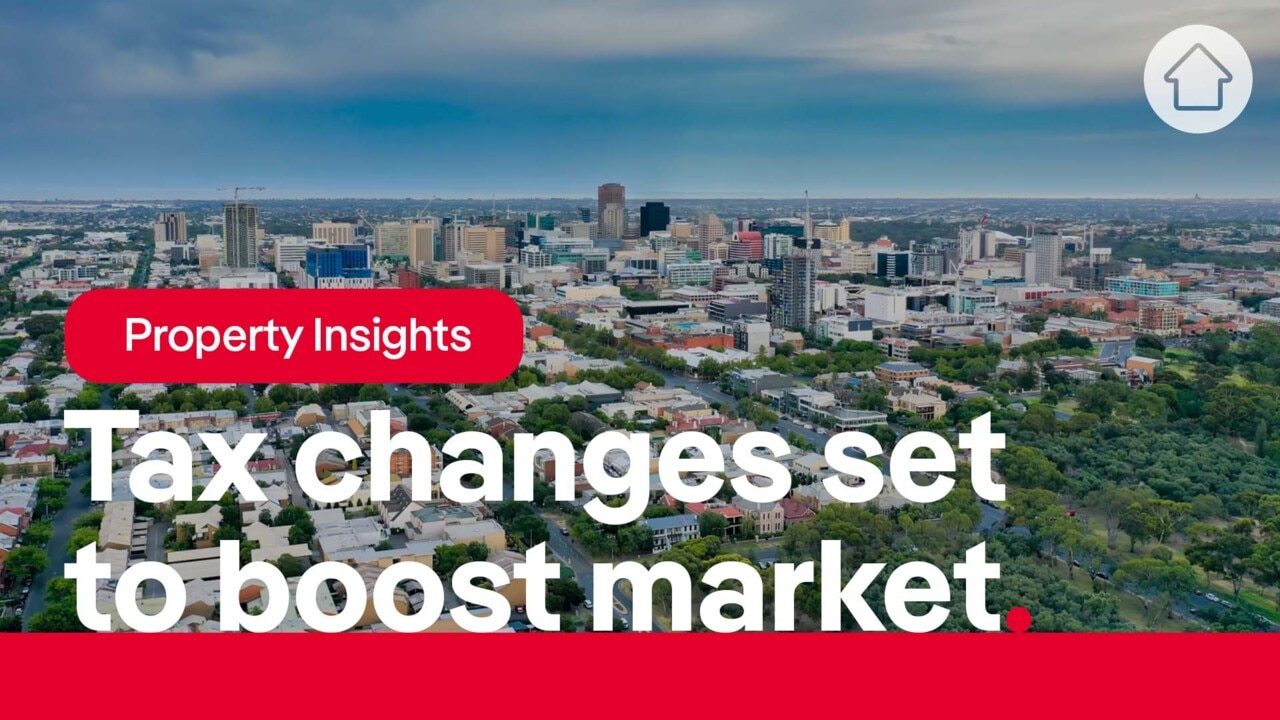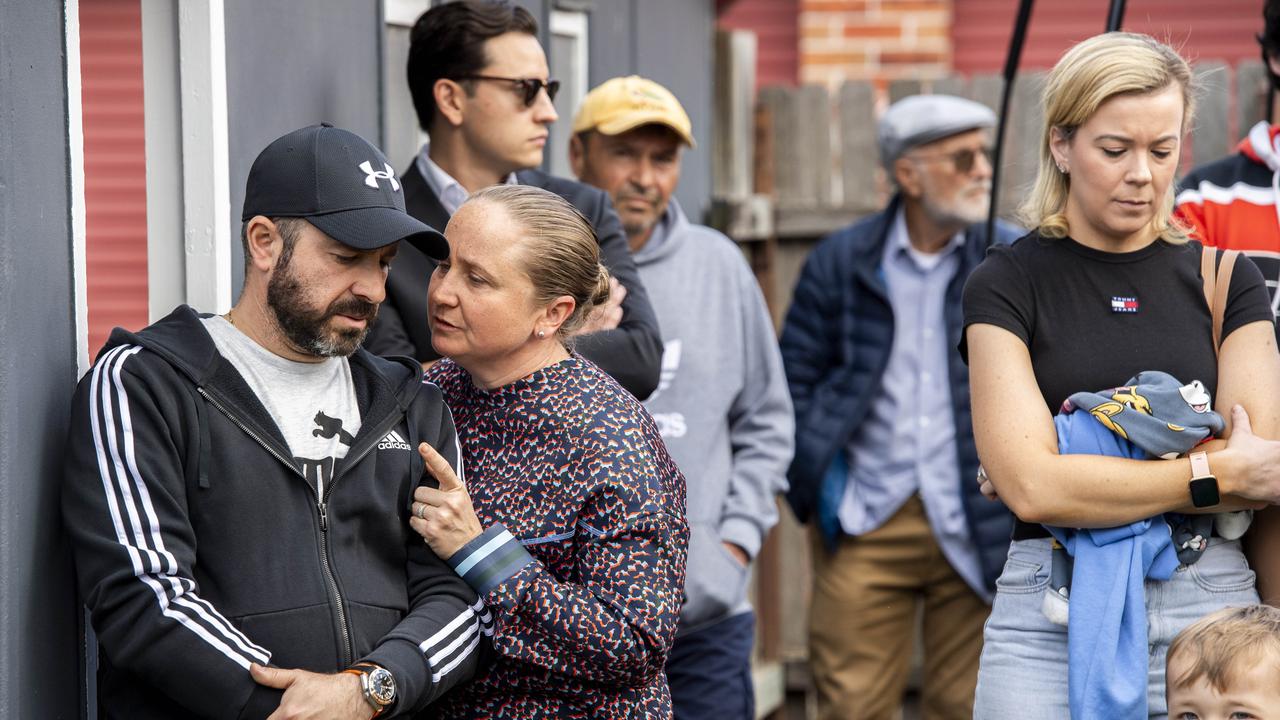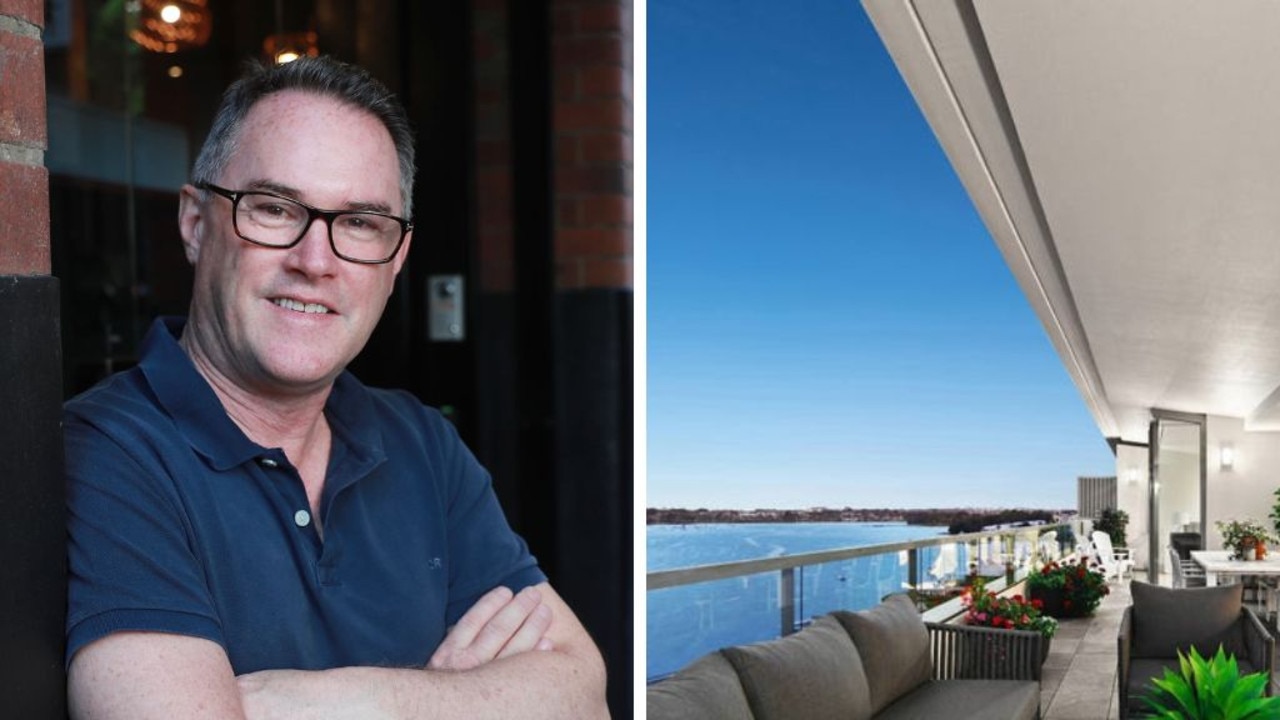Simple homebuyer mistake could cost you $100,000
This common move made at auctions has the potential to cost you plenty, for years to come.

You’re at auction, you’re at your limit and it looks like you are about to lose – surely one more bid won’t hurt?
It’s a situation many homebuyers find themselves in. But while it’s tempting to throw just one more number in the ring, it’s important to remember that it’s not just the property price you are paying more for.
RateCity data generated exclusively for News Corp shows that an extra bid of $10,000 on an average priced property could equate to more than five times that amount in actual costs.
MORE: ‘Dumb’ way investor turned $40k into fortune

EXTRA COSTS
When it comes to making an extra bid of $1000, the overall increase in interest over the life of the loan is minimal, said RateCity research director Sally Tindall.
But when it comes to paying an extra $10,000 – that’s when things really start to add up.
“If you don’t have the spare cash at the ready and you need to take on a larger loan as a result, it could have bigger financial implications than you initially realise,” Ms Tindall said.
“You’ll be paying more interest to the bank, more money to the government in stamp duty costs, for those buyers who don’t qualify for an exemption, and potentially a higher interest rate and lenders mortgage insurance (LMI), if you don’t meet the all-important 80 per cent loan-to-value ratio LVR).”
MORE: Home loan guru’s big money warning

She gives a hypothetical example of a borrower looking to buy a property at the national median dwelling price of $785,556, who has a 20 per cent deposit and enough money to cover stamp duty.
“With a 20 per cent deposit, they would not have to pay the lenders mortgage insurance,” she said. “However, if they bid just $10,000 over budget they would potentially have to pay an extra $450 in stamp duty costs, based on NSW’s transfer duty charges, and because their loan to value ratio had increased from 80 per cent to 81 per cent, their bank may charge them lenders mortgage insurance, estimated at an eye-watering $6,313.”
MORE: How this $325k home became Sydney’s most expensive

HIGHER INTEREST RATES
But the potential hikes don’t stop there. Many lenders charge a higher interest rate to borrowers with a deposit of less than 20 per cent.
“The latest RBA data shows the average new customer variable rate for an owner occupier with a 20 per cent deposit or more is currently 6.25 per cent,” Ms Tindall says. “For owner-occupiers with less than this as a deposit, it is 6.38 per cent.”
Going by these average rates, our imaginary borrower could find themselves paying an estimated $53,482 over the life of a 30 year loan if they never refinance, Ms Tindall said.
MORE: NRL’s Bulldogs in $50m shopping spree

“This includes the additional $10,000 they paid for their property, but also the LMI of $6,313, the additional $450 in stamp duty and an extra $36,719 in interest charges paid to their bank from having a larger loan and a higher interest rate,” she said.
If they bid $20,000 extra, they could potentially add $75,489 over the loan, and if they bid an extra $30,000, they could wind up spending $97,496 all up, she added.

BUDGET BEFORE AUCTION
Mortgage broker Daniel O’Brien from PFS Financial Services said it is crucial to ensure what your maximum loan amount is before going to auction.
“If that is set in stone, the only variable then (in terms of the acquisition, not the ongoing affordability) is deposit,” he said. “If their max loan is $1m for a $1.25m purchase, then they buy for $1.3m, their savings needs to be enough to cover the extra $50K plus the extra stamp duty.”

Ms Tindall said once you know what your borrowing limit is, you should translate this into a household budget and be clear about what sacrifices you need to make if you borrow at your absolute maximum.
“It’s also worth running the calcs to see what your mortgage repayments would look like if rates rose a further 3 percentage points,” she said.
She said you should also set aside a buffer to pay for any unexpected costs, like a leaking roof or a burst pipe.
MORE: Buy a pub for less than the cost of a home

SETTING A SENSIBLE BID LIMIT
Buyers agent Bianca Field from Bought shares the following three tips for setting and sticking to a sensible bid limit within your auction budget.
1. Understand the comparable sales – look at similar properties that have sold within the last six weeks and ask the agent why they have sold at that amount. Their answer could give you clues on potential price
2. Set two bidding limits – one that you would (realistically) like to buy the property for and a maximum limit. Know that you can’t go over the maximum limit because it would stretch your budget too much
3. Write an auction dress rehearsal – map out bidding increments all the way from where the auction is likely to open until you get to your first limit and then continue with whatever increments you plan to bid in until you get to your upper limit. This way, you know what your bidding pattern will look like at each stage – plus you’ll have a navigational tool to follow
Originally published as Simple homebuyer mistake could cost you $100,000



